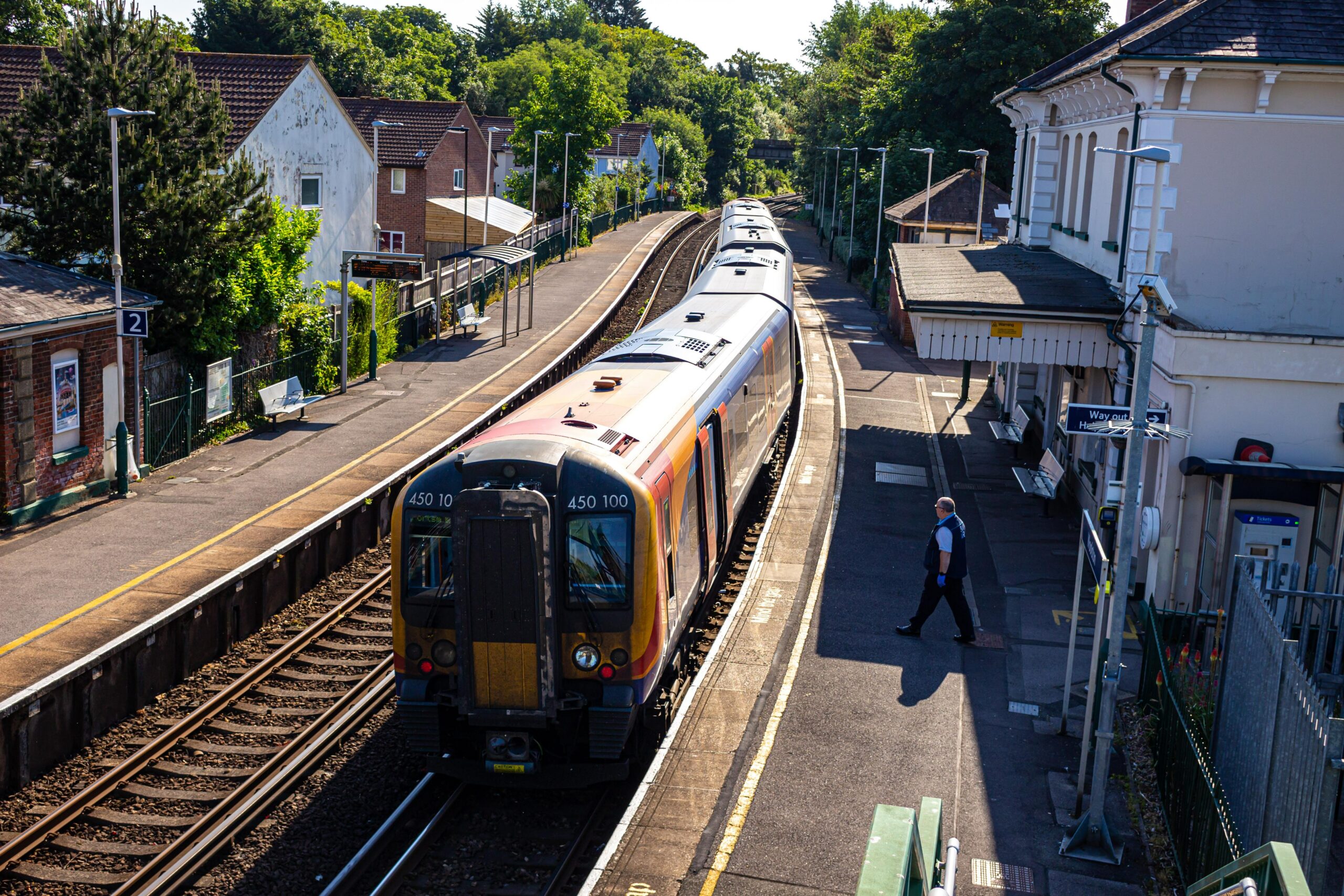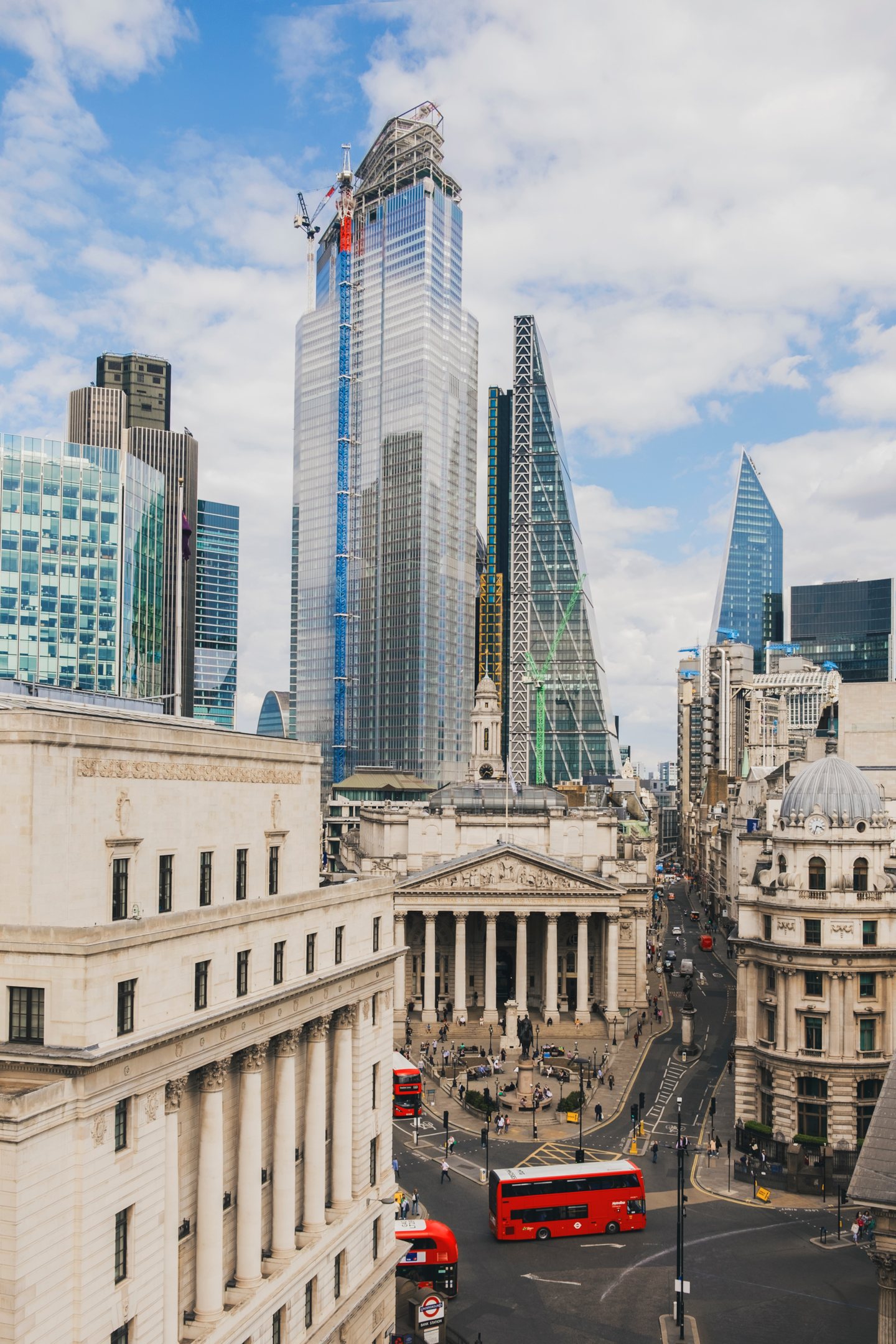UK transport With Road, Air, Rail, and Water Networks

Transport in the United Kingdom is facilitated with road, air, rail, and water networks. A radial road network totals 29,145 miles (46,904 km) of main roads, 2,173 miles (3,497 km) of motorways and 213,750 miles (344,000 km) of paved roads. The National Rail network of 10,072 route miles (16,116 km) in Great Britain and 189 route miles (303 route km) in Northern Ireland carries over 18,000 passenger and 1,000 freight trains daily.
Urban rail networks exist in Belfast, Birmingham, Cardiff, Edinburgh, Glasgow, Liverpool, London, Manchester and Newcastle. There are many regional and international airports, with Heathrow Airport in London being one of the top ten busiest in the world. The UK Transport received over 486 million tons of goods in 2019. Transport is the largest source of.
Transport trends
Since 1952 (the earliest date for which comparable figures are available), the United Kingdom saw a growth of car use, which increased its modal share, while the use of buses declined, and railway use has grown more slowly.[2][3] However, since the 1990s, rail has started increasing its modal share at the expense of cars, increasing from 5% to 10% of passenger-kilometres travelled in east London through tram systems.
By 2015 83% of distance travelled was by car or taxi; with 5% being by bus and 10% by rail. Air, pedal cycle and motorcycle accounted for roughly 1% each. In terms of passenger-kilometres, slightly over 662 billion were made by cars, motorcycles vans and taxis, 78 billion by rail, 39 billion by bus, 5 billion by pedal cycle and 9 billion on domestic air flights.
Passenger transport has grown in recent years. Figures from the DfT show that total passenger travel inside the United Kingdom has risen from 403 billion passenger kilometres in 1970 to 793 billion in 2015 bus operators busiest airports.
Transport Infrastructure in Rail Network
Freight transport has undergone similar changes, increasing in volume and shifting from railways onto the road. In 1953 89 billion tonne kilometres of goods were moved, with rail accounting for 42%, road 36% and water 22%. By 2010 the volume of freight moved had more than doubled to 222 billion tonne kilometres, of which 9% was moved by rail, 19% by water, 5% by pipeline and 68% by road. Despite the growth in tonne kilometres, the environmental external costs of trucks and lorries in the UK have reportedly decreased.

Between 1990 and 2000, there has been a move to heavier goods vehicles due to major changes in the haulage industry including a shift in sales to larger articulated vehicles. A larger than average fleet turnover has ensured a swift introduction of new and cleaner vehicles in the UK.
Although the decline in railway use led to a reduction in the length of the rail network, the length of the road network has not increased in proportion to the increase in road use. Whereas the rail network has halved from 19,471 mi (31,336 km) in 1950 to 10,014 mi (16,116 km) today, Department for Transport stated that traffic congestion is one of the most serious transport problems facing the United Kingdom. According to the government-sponsored.
Greenhouse Gas Emissions
A critical issue for the transport sector is its contribution to climate change emissions. Transport became the largest sector of greenhouse gas emissions in 2016. Since 1990 carbon dioxide emissions from transport in the UK have reduced by just 4% compared with an economy-wide reduction of 43%.
Rail Transport
The rail network in the United Kingdom consists of two independent parts, that of Northern Ireland and that of Great Britain. Since 1994, the latter has been connected to mainland Europe via the Channel Tunnel. The network of Northern Ireland is connected to that of the Republic of Ireland. The National Rail network of 10,072 miles (16,209 km) in Great Britain and 189 route miles (303 route km) in Northern Ireland carries 1.7 billion passengers and 110 million tonnes of freight annually. Urban rail networks are also well developed in London and several other cities. There were once over 30,000 miles (48,000 km) of rail network in the UK; however, most of this was reduced over a time period from 1955 to 1975, much of it after a report by a government advisor․
Great Britain
The rail network in Great Britain is the oldest such network in the world. The system consists of five high-speed main lines (the West Coast, East Coast, Midland, Great Western and Great Eastern), which radiate from London to the rest of the country, augmented by regional rail lines and dense commuter networks within the major cities. High Speed 1 is operationally separate from the rest of the network, and is built to the same standard as the TGV system in France.
The world's first passenger railway running on steam was the Stockton and Darlington Railway, opened on 27 September 1825. Just under five years later the world's first intercity railway was the Liverpool and Manchester Railway, designed by George Stephenson and opened by the Prime Minister, the Duke of Wellington on 15 September 1830. The network grew rapidly as a patchwork of literally hundreds of separate companies during the Victorian era, which eventually was consolidated into just four by 1922, as the boom in railways ended and they began to lose money. Eventually, the entire system came under state control in 1948, under the British Transport Commission's Railway Executive.
In 1994 and 1995, British Rail was split into infrastructure, maintenance, rolling stock, passenger and freight companies, which were privatized from 1996 to 1997. The privatization has delivered very mixed results, with healthy passenger growth, mass refurbishment of infrastructure, investment in new rolling stock, and safety improvements being offset by concerns over network capacity and the overall cost to the taxpayer, which has increased due to growth in passenger numbers. It has also led to some confusion as to who looks after different aspects of the rail service among the general public.
In Britain, the infrastructure (track, stations, depots and signalling chiefly) is owned and maintained by Network Rail, a not-for-profit company. Network Rail replaced Railtrack, which became bankrupt in 2002 following the Hatfield rail crash in 2000. Passenger services are operated by train-operating companies (TOCs), which are franchises awarded by the Department for Transport (in England), Transport Scotland, and Transport for Wales. Examples include Avanti West Coast and East Midlands Railway.
High Speed 2 is critical for the UK's low carbon transport future. HS2 is a new high speed railway linking up London, the Midlands, the North and Scotland serving over 25 stations, including eight of Britain's 10 largest cities and connecting around 30 million.[17]Network Rail are considering reopening a railway in south-west England connecting Tavistock to Okehampton and Exeter as an alternative to the coastal mainline which was damaged at Dawlish by coastal storms in February 2014, causing widespread disruption.
To cope with increasing passenger numbers, there is a large ongoing programme of upgrades to the network, including Thameslink, Crossrail, electrification of lines, in-cab signalling, new inter-city trains and a new high-speed line. Great British Railways is a planned state-owned public body that will oversee rail transport in Great Britain from 2023. The Office of Rail and Road is responsible for the economic and safety regulation of the UK's railways.
